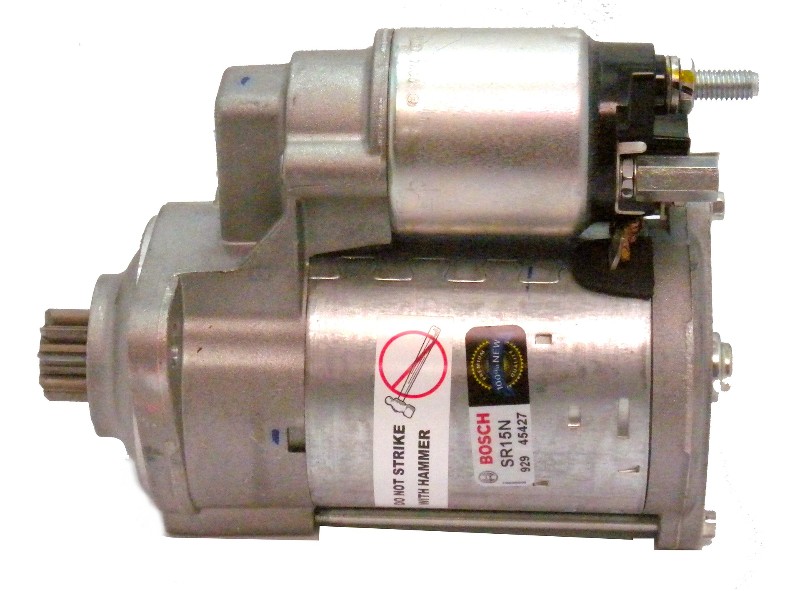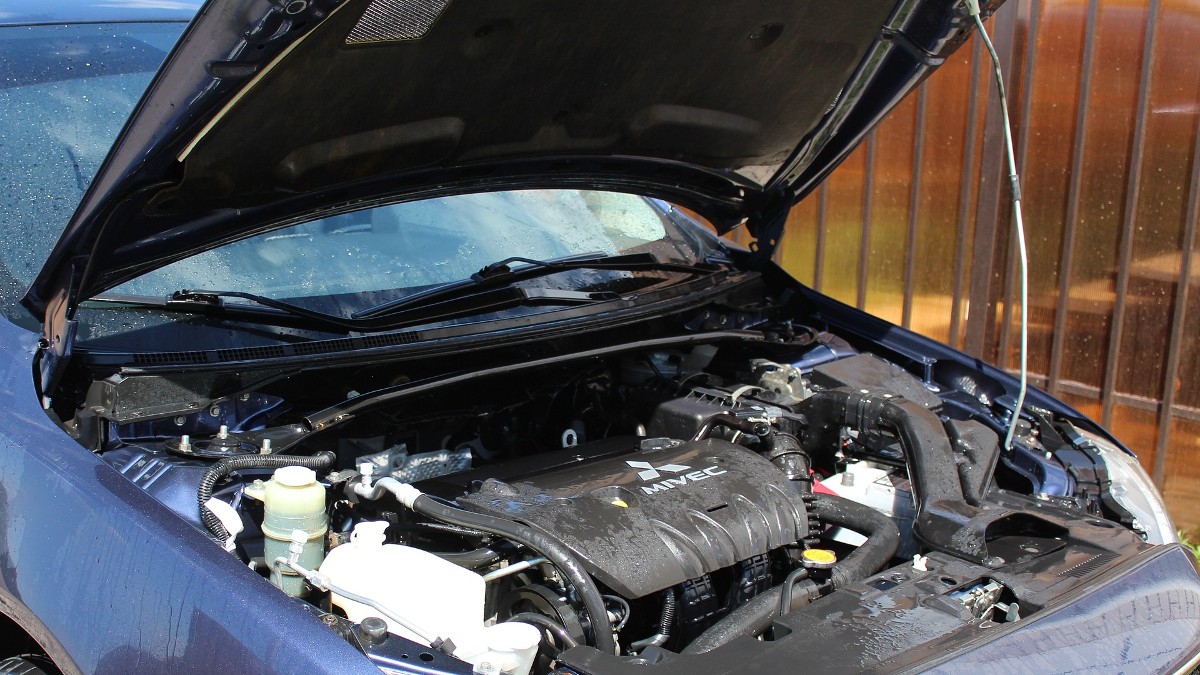There are several key components of an automobile, of which a starter is one of them. A starter function is to start your car, as the name implies, by drawing current from the battery. The amount of current that the starter will draw depends on a number of factors, and this article focuses on how much amps (the unit for current) a starter will draw from a battery.
Depending on the type of engine, oil, and ambient temperature, a typical starter will draw between 50 to 200 amps to start a vehicle.
If the starter isn’t working for any reason, then the car will be unable to function. This makes it important for car owners to be familiar with the starter and know when something is wrong with it. Continue reading to learn more about starters.
What Is A Car Starter?
A car starter is one of the most important components of a car. You may already know that your car engine needs to spin or rotate to generate power. But the engine cannot rotate on its own. It needs something to spark or trigger the first cycle, and this is where a starter comes in.
A starter will initiate the first cycle, after which the vehicle can then rotate or operate on its own. As soon as the first cycle is completed and the engine begins to run, the starter is fo
disconnected, and the vehicle now relies on the combustion process. So, the sole function of the starter is just to provide the first and second rotations a car needs.
The starter is an electrical component that’s made up of a powerful Direct Current(DC) electric motor and a solenoid. The solenoid is connected to the car battery and receives possible current from it. Usually, you’ll need to have a 12-volt battery to operate the starter.
How Many Amps Will A Starter Draw?
There are many factors that affect the number of amps a starter will draw to start a car. Such factors include engine size, ambient temperature, and the type of oil used.
A typical starter will draw anywhere between 50 to 200 amps based on the factors mentioned above. Smaller engines will require lesser amps, while bigger engines will need more amps to initiate the combustion process.
Oil and Ambient Temperature
The type of oil used in a vehicle has an impact on the number of amps that will be required to start it. Take, for instance, an engine using 40W oil and another using 5W-15 oil. The latter will require fewer amps to start compared to the former.
Ambient temperature can also affect the amps required to start a vehicle due to its effect on the viscosity of the oil. At lower temperatures, the oil will be thicker and more resistant to flow, thus requiring a higher current. At a higher current, the oil will flow more easily, thereby requiring a lower amount of current.

How to Measure a Car Starter’s Amp Draw?
The owner’s manual that comes with your car will specify the model of the starter and the number of amps it will draw to start. But you can still measure the current the starter draws if you have the right instrument – voltmeter, current meter- the clamp-on type.
Start by connecting the voltmeter probes to the battery terminals. The red probe should be connected to the positive terminal, while the black probe should be connected to the negative terminal. Then, the ground wire from the negative terminal run of your battery should be allowed to run through the clamp for the current meter. After this, connect to the car’s ground (chassis).
The next step is to start your vehicle and run it at about 200 RPMs. Keep an eye on the current draw and voltage. The reading you get should be more or less what is in the owner’s manual.
Common Car Starter Issues
Now that you know the important function of a car starter, you will realize that a car won’t start if the driver is faulty since there’s nothing to trigger the combustion process. Some drivers try to improvise when the starter isn’t working by pushing the vehicle back and fro to kick-start the combustion process. While this method isn’t advisable, it might work if the starter working is due to a low battery and if the battery can be charged by the vehicle’s alternator.
Below, you’ll find common starter problems and how to get around it:
Loose Wiring To And From The Starter
The starter is an electrical component that’s connected to the battery through a system of cables. If there’s a break in the wiring of the starter, then it won’t work, and the vehicle won’t start. This is why one of the first things you should do if your vehicle isn’t starting is to inspect the wiring of the starter if you can.
Dirty Or Corroded Connections At The Starter
If the connectors on the starter are dirty or corroded, then the starter may not function at all or properly, depending on the amount of dirt and corrosion. Dirt on the starter will conduct some electricity and cause the starter not to receive as much current as it should.
Battery Corrosion
The problem may sometimes be from the battery. Your starter needs to draw power from the battery to function. If the battery is corroded, then the starter won’t function as it won’t get enough power.
Wrong Starter Replacement
If you’ve replaced your starter recently with an incompatible model, then your vehicle may not start. Always consult the owner’s manual before buying any parts for your vehicle. If you don’t have the owner’s manual, have a mechanic inspect your vehicle and recommend the right parts.
Car Starter Vs. Car Jump Starter
Car starters should not be confused with jump starters, as the two are quite different. As explained earlier, starters are the components that will start the rotation or spinning of the engine. Car jump starters, or simply jump starters, are components that can be used to start a car when the battery is low.
A low battery is unable to provide enough current to start a vehicle. And you’ll need a way to charge the battery for the car to start. For most people, this involves using jumper cables and a boost from a friend or family well-charged battery.
Thanks to car jump starters, there’s no need for jump cables or a boost from someone else’s battery. Jump starters have enough battery capacity to start an automobile. It’s worth mentioning that jump starters don’t charge a battery. Instead, they bypass the battery and supply the car’s starter with the current it needs to function.
There are several car jump starters available on the market, and you need to choose one with the battery capacity to start your vehicle.

